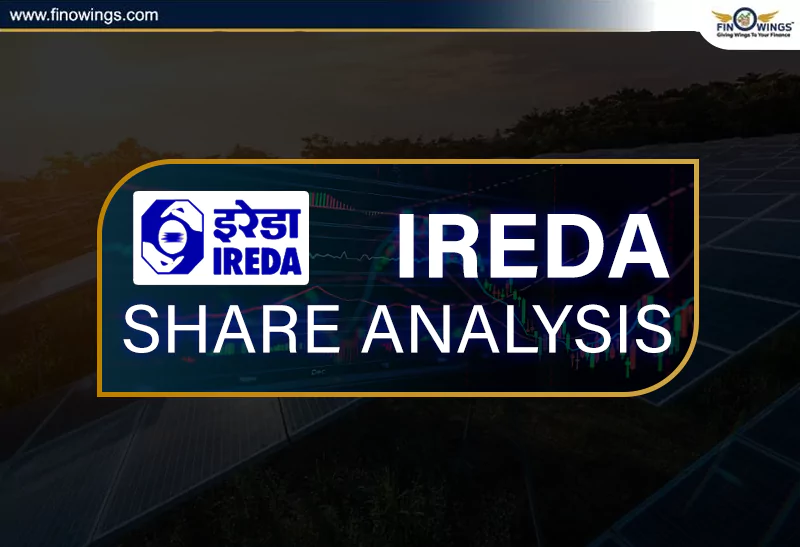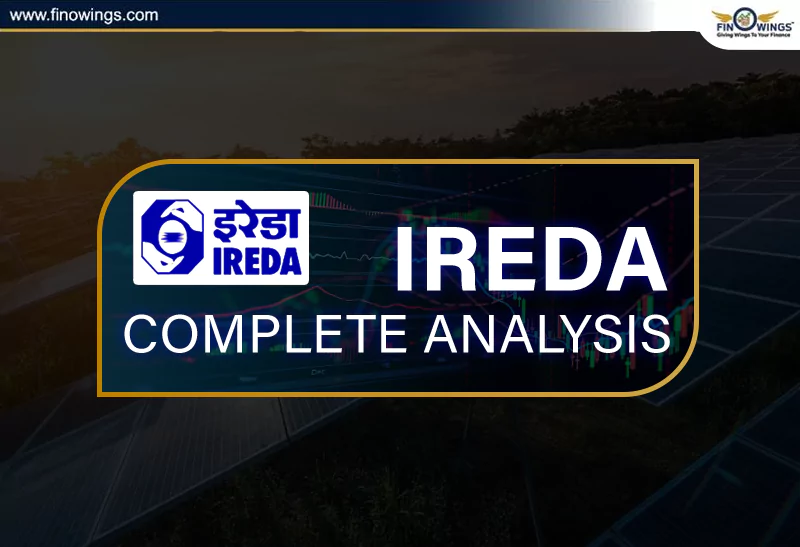Home >> Blog >> Top 3 PSU Bank's Stocks to Buy in 2024
Top 3 PSU Bank's Stocks to Buy in 2024

Table of Contents
Introduction
A public sector undertaking (PSU), also referred to as a public sector unit, is established to oversee government-owned enterprises at the central, territorial, or state levels. These government-managed corporations span across sectors like Railways, Centers, defence Commissions, Banks, and more. This blog aims to elucidate the link between government bonds and PSU banks.
In light of the recent budget announcement, where the Finance Minister disclosed intentions to generate a substantial 14.13 lakh crore rupees through debt securities, this blog will delve into understanding the potential impact on PSU banks.
PSU Banks' Impact on Bonds
In our post-budget series, we've been tracking the success of PSU banks, and it's been quite a ride. From a multiyear breakout in December to impressive three-digit returns in the last 2-3 years, the sector is on fire.
Let's talk about the star of the show - government bonds. Unlike private companies, the government issues bonds to raise funds, and this has a significant impact on PSU banks. Stick with us to discover how.
Detailed Video
Global Recognition Boosts PSU Banks
Foreign Portfolio Investors (FPI) are like big players in the finance world, and they're investing a lot in India's money market. The cool part? Famous names like JP Morgan Chase & Company are not just investing but also including Indian Government bonds in their exclusive list. So, how does this benefit our PSU banks?
Well, when these big shots show interest in India, it makes our PSU banks look good globally. It's like they're getting a VIP pass, attracting more attention and potential partnerships. This recognition means more money flowing in, more opportunities, and a chance for our banks to shine on the world stage.
G-Sec Yields and India's Money Moves
Now, let's talk about Government Securities (G-Sec) – it's like the government's way of borrowing money. The returns on these bonds, called G-Sec yields, are essential. Pair this with the fiscal deficit, which is like the government's financial health.
When G-Sec yields go up or down, it affects how much it costs the government to borrow money. Imagine it's like your allowance – if you spend less than you make, you're in good shape. India is doing something smart by reducing how much it borrows globally and showing a lower fiscal deficit. It's like managing money wisely.
Top 3 PSU Banks
Meet the top three PSU banks standing tall in Q3 results and demonstrating improvement in Net Interest Margins. PNB, BOI, and Bank of Maharashtra
1 - Punjab national Bank(PNB):
Punjab National Bank (PNB) proudly holds the title of India's first Swadeshi Bank. Established as a Banking and Financial service institution, PNB is owned by the Government of India, with its headquarters situated in New Delhi, India. As the third-largest Public Sector Undertaking (PSU) in India, it plays a pivotal role in the country's financial landscape.
Key Points:
-
Boasting a network of 52,331 touchpoints, including 10,108 domestic branches, 12,455 ATMs, and 29,768 Business Correspondents.
-
Over 18 crore customers post-merger, solidifying PNB's significant presence in India's banking landscape.
2 - Bank of India(BOI):
Bank of India, an India-based financial institution, stands as a prominent player in the country's banking landscape. The bank operates in segments such as Treasury Operations, Wholesale Banking, and Retail Banking, with a focus on delivering diverse financial services.
Key Points:
-
Bank of India boasts an extensive network with 5,083 branches and 5,690 ATMs across India. Additionally, it operates 23 branches in other countries, showcasing its global presence.
-
Diverse sectors covered - Corporate (37%), Retail (18%), MSME (17%), Agriculture (15%), and Government Advances (13%), showcasing a commitment to comprehensive economic support.
3 - Bank of Maharashtra:
Bank of Maharashtra stands as a prominent provider of banking services, operating across various segments, including Treasury, Corporate/Wholesale Banking, Retail Banking, and Other banking operations.
Key Points:
-
A robust network of 2029 branches and 1850 ATMs across India. The majority of branches (33%) are strategically located in rural areas.
-
Maximum exposure to Agriculture industry (15.1%), followed by Housing (14%), Infrastructure (11%), Trade (8.6%), NBFC (Non-Banking Financial Companies - 4.4%), Professional Services (4.4%), HFCs (Housing Finance Companies - 3.5%), and others.
-
Significant equity issuances to the Government of India in the last 3 years, including the issuance of 130 crore equity shares in FY18 and approximately 300 crore equity shares in FY20.
Conclusion
In summary, we've explored the interesting relationship between Government Securities (G-Sec) yields and government bond prices. We've seen how the decrease in G-Sec yields, from 5.8% to 5.1%, has positively impacted India's fiscal deficit. This demonstrates India's skill in handling global borrowings, and promoting growth and economic prosperity.
We hope you enjoyed this blog which was about government bonds and PSU banks connection. Understanding these financial connections is crucial in navigating the dynamic world of finance. Stay tuned for more insights and financial adventures. Thank you for joining us on this exciting journey!
Disclaimer: This Stock Analysis is only for informational purposes and should not be considered as investment advice. Always do your research and consult with a financial advisor.
Frequently Asked Questions
Superb increases in PSU banks' equities were fueled by their earnings growth, continued asset quality improvement, and strong balance sheet. Treasury portfolio gains will serve as a buffer against any squeeze on banks' net interest margins.
Profitability of a PSU can be influenced by factors such as strategic importance, government support, monopolistic positions, and long-term planning.
The criteria for selecting top PSU bank stocks may vary, but common factors include financial performance, market trends, potential for growth, and expert analysis.
Liked What You Just Read? Share this Post:
Viewer's Thoughts
Arup sen | Posted on 06/02/2024
Good
Arup sen | Posted on 06/02/2024
Good
TheMukulAgrawal | Posted on 06/02/2024
@RohitJoshi Great
TheMukulAgrawal | Posted on 06/02/2024
@Arupsen Thank you!




















Rohit Joshi | Posted on 05/02/2024
Nice two stok my radar